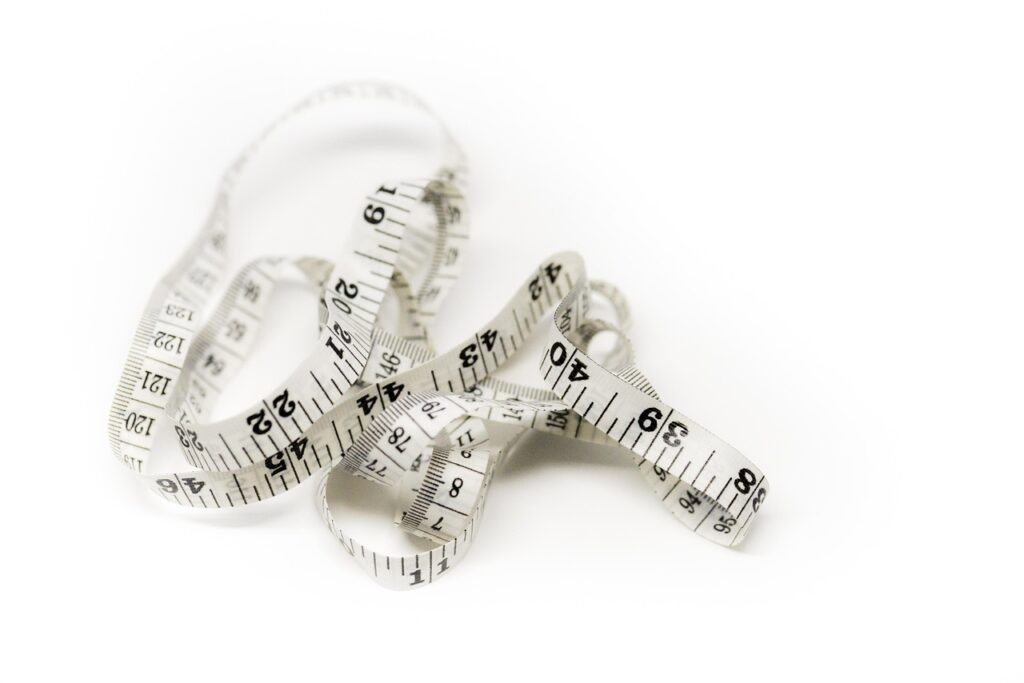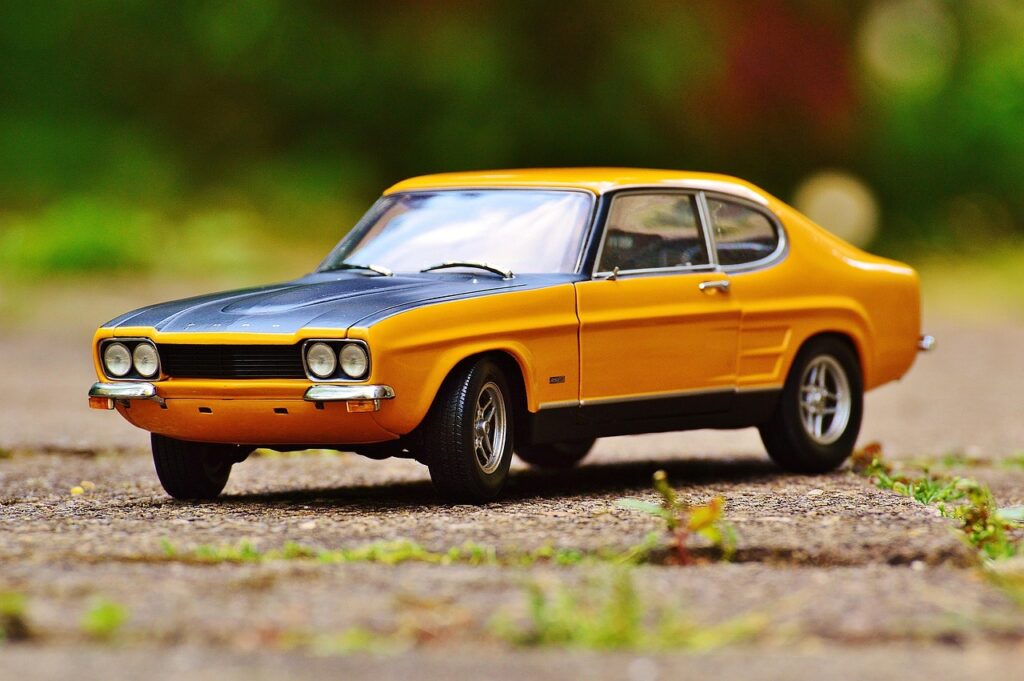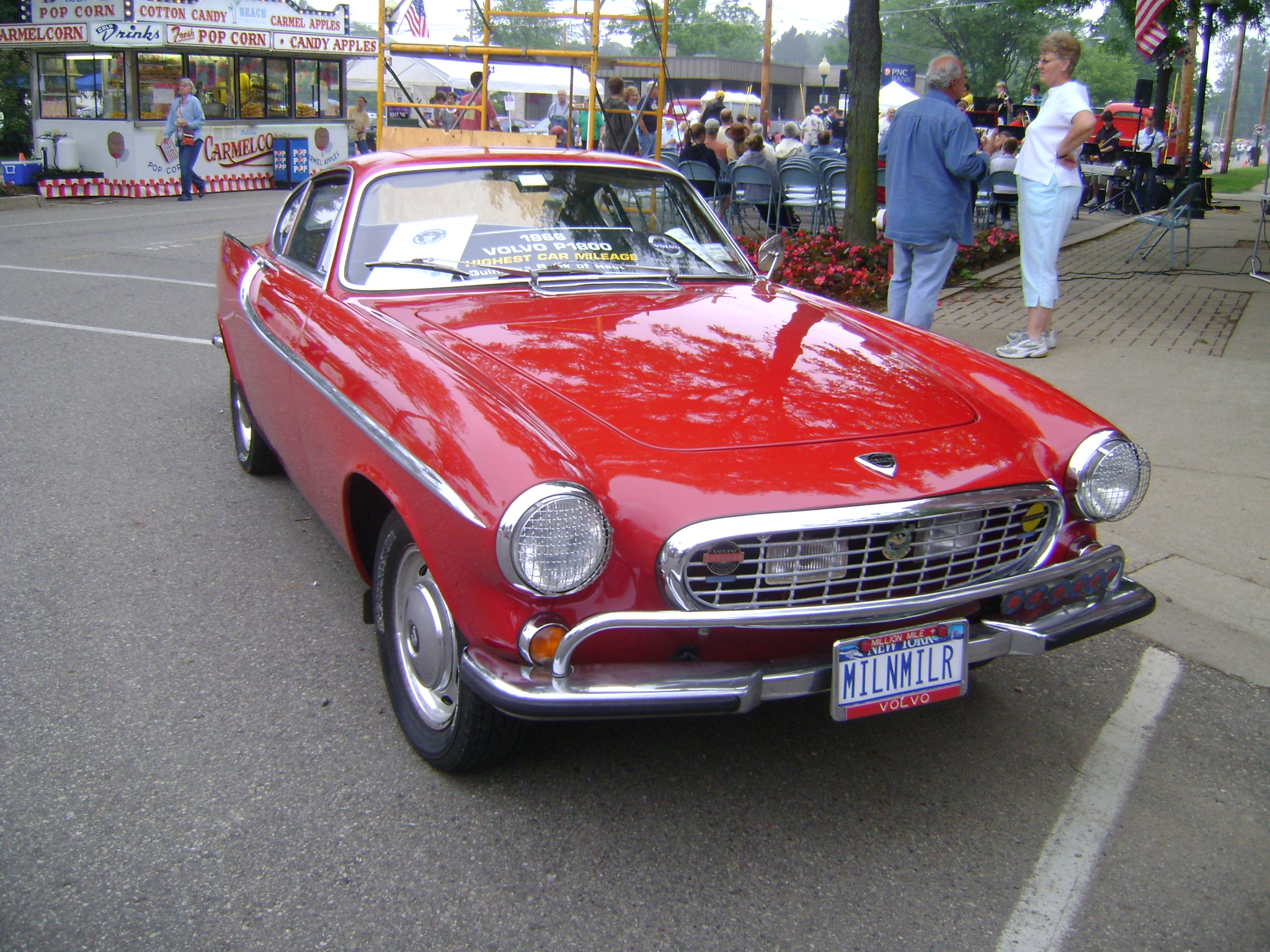
Choosing the right wheels for your car is one of those upgrades that can utterly transform its style, performance, and even how it feels to drive. But let’s be honest, it’s not always as straightforward as picking a shiny new set off the shelf. Digging into the nuances of wheel offset and rim size can feel like diving into a whole new language of automotive engineering, often leaving drivers pondering, “How do I choose rims for my car?”
The truth is, getting it wrong can lead to a host of headaches: annoying rubbing against fenders or suspension, compromised handling that makes your car feel less predictable, and an overall unpleasant driving experience. However, when you nail it, the payoff is huge. The right choice doesn’t just give your ride an amazing, head-turning look; it can significantly improve its on-road performance, making every drive more engaging and responsive. It’s about empowering you to make informed decisions that truly elevate your vehicle.
This comprehensive guide is designed to cut through the jargon and provide you with actionable, step-by-step advice. We’ll explore everything from the fundamental definitions of rim size and offset to the subtle art of balancing aesthetics with practicality. By the end of this journey, you’ll be equipped with the knowledge to select wheel options that not only suit your vehicle perfectly but also align with your personal driving goals, ensuring you get the most out of your automotive investment.
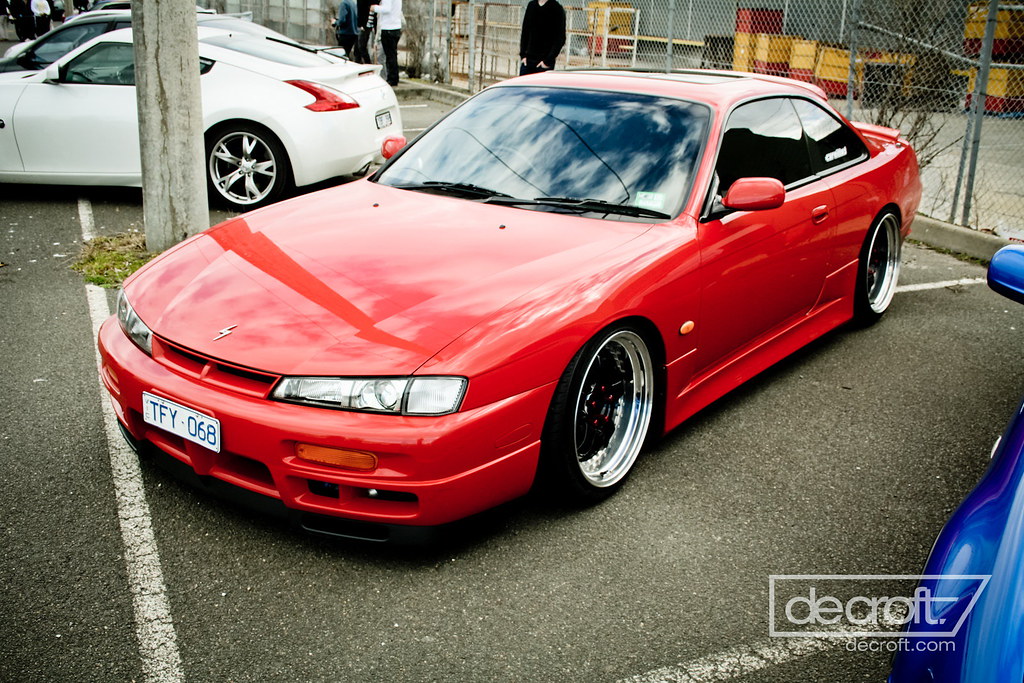
1. **Understanding the Core Concepts: Rim Size & Wheel Offset**
Few topics in automotive customization are as critical, yet as frequently misunderstood, as wheel offset and rim size. These aren’t just technical jargon; they are fundamental measurements dictating how your wheels fit and perform. Grasping these basics is the absolute first step towards any successful wheel upgrade.
“Rim size” refers to two primary dimensions: diameter and width. Diameter is the distance across the wheel, influencing visual presence (e.g., 17, 18, 20 inches). Width is the distance between the inner and outer wheel lips (e.g., 7, 8.5, 10 inches), crucially affecting tire size and the contact patch for grip and handling.
“Offset” describes how your wheel sits relative to the hub mounting surface. It’s the distance between the mounting surface (where the wheel bolts to the hub) and the true centerline of the wheel, measured in millimeters. This dictates whether wheels are tucked inward or pushed outward.
There are three types: “Positive offset” pushes the wheel inward towards the vehicle, common in modern FWD cars for tucked-in aesthetics and stable steering. “Negative offset” extends the wheel outward, typical for aggressive RWD looks, but can alter handling and cause clearance issues. “Zero offset” aligns the mounting surface exactly with the wheel’s center. Understanding these definitions is the bedrock for all wheel selection decisions.
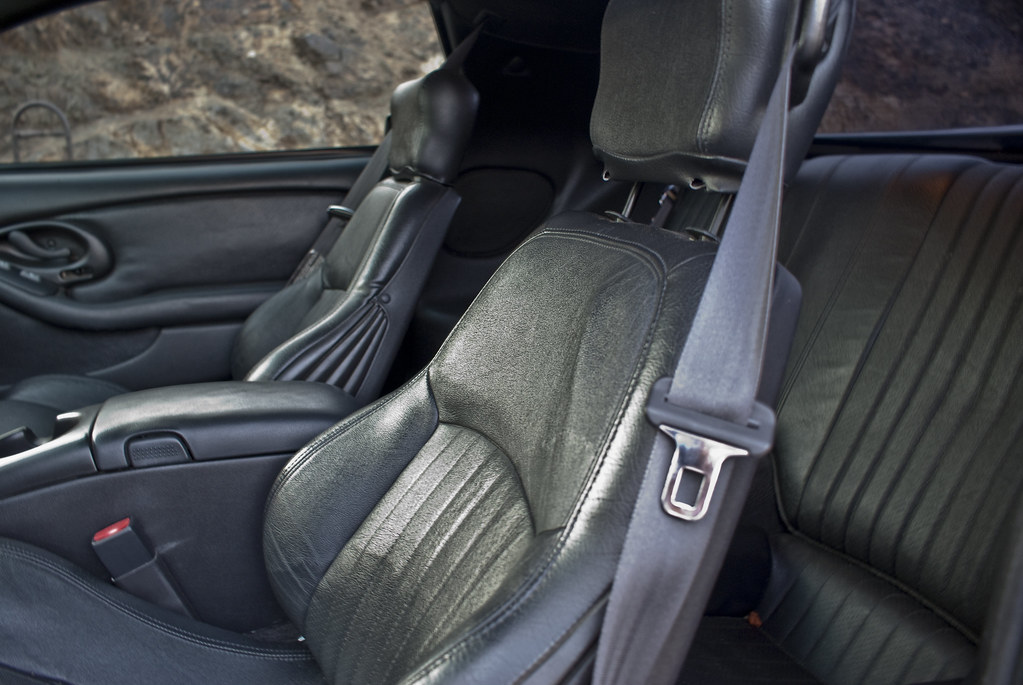
2. **Defining Your Drive: Goals for Looks, Performance, or Practicality**
Before diving into measurements, ask yourself the most crucial question: Why do you want new rims? Your answer will guide your choices, helping you navigate options that align with your vision. Understanding your primary objective upfront will save time, money, and potential headaches.
If “better looks” are paramount, you’ll likely prioritize larger-diameter wheels and unique styles to make your car stand out. While visually stunning, be aware that these often require lower-profile tires, which can affect ride comfort by offering less cushioning and leading to a firmer ride.
For “improved handling,” focus shifts to wider wheels with a carefully selected lower offset. This can boost tire grip by widening the vehicle’s track, enhancing stability and responsiveness. A wider stance provides more rubber on the road, translating to better traction. However, be vigilant for “clearance issues”; pushing wheels too far out or making them too wide can cause rubbing against fenders or suspension.
Many drivers prioritize “comfort and practicality” for daily use. Excessively large diameters or overly aggressive offsets can detract from everyday usability, leading to a rougher ride or increased risk of bent rims. Practicality often means staying closer to factory specifications or making moderate changes that enhance appearance without compromising original ride quality. Clarity on your primary goal is the bedrock of a successful wheel selection.
Read more about: Under the Hood: Unmasking 7 Overrated American Cars and Celebrating 7 Overlooked Gems That Deserve Your Attention
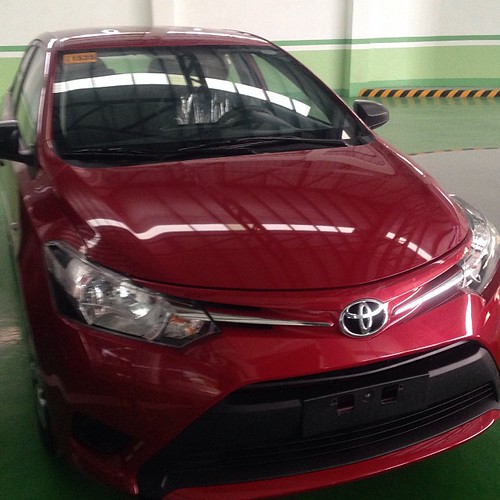
3. **Unearthing Your Vehicle’s Blueprint: Checking Recommended Specifications**
Before browsing aftermarket wheels, arm yourself with your vehicle’s recommended specifications. This blueprint, engineered by your car’s manufacturer, dictates the ideal wheel and tire sizes and offsets for optimal performance, safety, and longevity. Ignoring these factory guidelines can lead to long-term issues.
This invaluable information is typically found in your vehicle’s owner’s manual or through a reliable online search for your exact make, model, and year. Knowing these stock numbers provides a crucial reference point and a safe baseline for any modifications. It’s the difference between guessing and making an educated decision.
A key benefit is understanding your factory diameter, width, and offset, which forms a safe baseline for crucial aspects like clearance and suspension geometry. The manufacturer’s recommended offset maintains the optimal scrub radius, vital for stable steering and reducing wear on suspension components. Deviating too far can introduce handling quirks or accelerated wear.
Most practically, checking these specs ensures you don’t buy wheels that simply won’t fit. Investing in beautiful rims only to find they won’t clear brake calipers or rub aggressively against suspension parts is a common, costly mistake. Factory specifications account for these critical clearances, providing a foolproof guide to what will physically fit without interference. Always start with your vehicle’s blueprint; it’s the smartest move you can make.

4. **Dialing In Diameter: How Big is Too Big (or Just Right)?**
Rim diameter profoundly impacts both your vehicle’s visual presence and driving dynamics. It’s one of the first things noticed, influencing aesthetic transformation. Deciding “how big should you go?” involves balancing aesthetics, performance, and practical ride quality.
“Plus-sizing” involves increasing wheel diameter (e.g., from 17 to 18 or 19 inches). For success, keep the overall tire diameter similar to factory specs by using a lower-profile tire. This maintains speedometer accuracy and prevents issues with onboard computer systems.
You’ll face a “performance vs. ride quality” trade-off. Larger wheels often mean lower-profile tires with stiffer sidewalls, improving cornering responsiveness and steering feel. This benefits enthusiastic driving, making the car feel more connected. However, this enhances performance at the cost of reduced shock absorption, leading to a firmer ride.
For most drivers seeking a balanced upgrade, increasing diameter by “one or two inches bigger than stock is usually manageable.” This offers noticeable aesthetic improvement and subtle handling enhancement without drastically compromising ride comfort. It’s a sweet spot. “Wheel well clearance” is crucial for extremely large wheels. Significant increases “may require suspension modifications or rolled fenders” to avoid rubbing. Consider the extra work and expense before going huge.
5. **Mastering Rim Width: The Sweet Spot for Grip and Clearance**
Rim width is a critical dimension, profoundly influencing your vehicle’s aesthetic and dynamic capabilities. It dictates the widest tire you can mount, directly impacting road contact patch and available grip. Finding the “sweet spot” balances enhanced performance with practical wheel well space and component compatibility.
Adjusting rim width often aims for “stock vs. wider” performance benefits. Upgrading from a narrower stock rim (e.g., 7-inch) to an 8- or 9-inch rim can significantly improve grip by allowing a wider tire and thus a larger contact patch. This translates to enhanced traction, better cornering stability, and more confident handling.
However, increasing rim width is linked to “tire compatibility.” “Each wheel width works with a specific range of tire widths” to ensure proper fitment, optimal bead seating, and safe performance. Mounting an incompatible tire can lead to compromised handling or uneven wear. Always “double-check a reliable chart or consult a pro.”
The most challenging aspect of increasing width, especially with offset changes, is “wheel well space.” Wider rims demand specific offset adjustments—often lower offsets—to push them outwards, clearing inner suspension components. Without careful planning, a wider rim’s inner edge could “risk rubbing on the inside.” Conversely, too much outward push can cause the outer tire or rim edge to rub against the fender lip. This delicate balance requires meticulous attention to detail.
Read more about: The Apex of All-Terrain: 14 Expert-Vetted Off-Road Machines Engineered for Snow, Mud, and Rocks
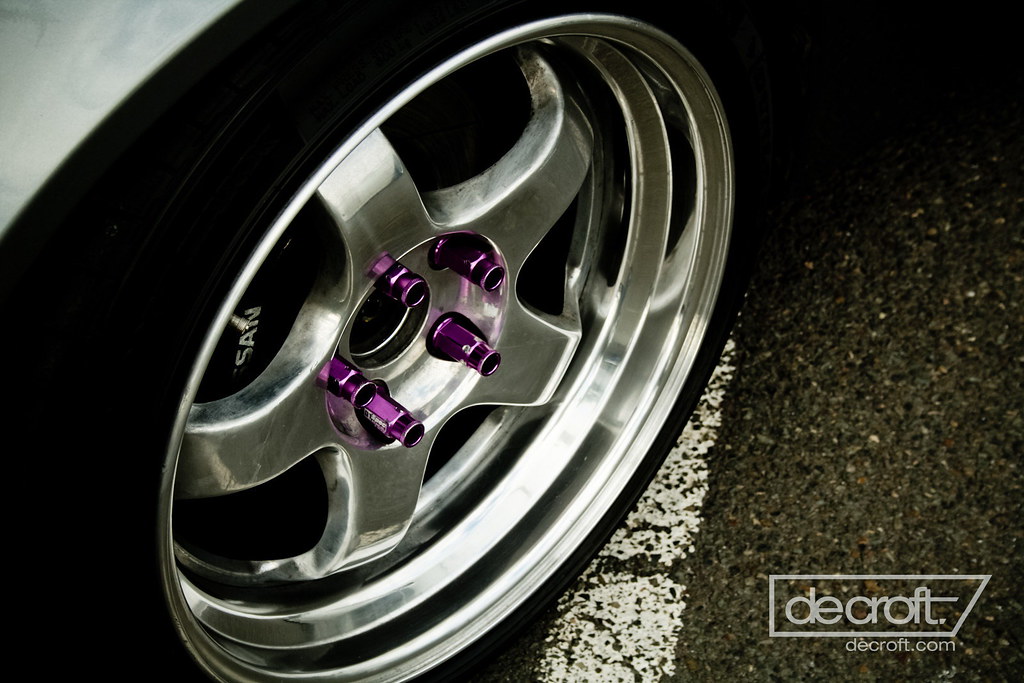
6. **Demystifying Offset: Positive, Negative, and Zero Explained**
Understanding wheel offset is arguably the most critical and often confusing aspect of selecting new wheels. It’s not just about looks; offset fundamentally determines how your wheel assembly interacts with your vehicle’s suspension, brakes, and fenders. Miscalculating offset can lead to significant problems.
“Positive offset” is common on modern vehicles like FWD cars and most sedans/SUVs. Here, the mounting surface is closer to the outside of the wheel, pulling the assembly inward towards the car. This keeps wheels “tucked inside the wheel well,” maintaining the factory scrub radius, contributing to stable steering, and reducing stress on components.
“Negative offset” is when the mounting surface is closer to the inside of the wheel, pushing the assembly outward. This is characteristic of RWD cars seeking an “aggressive, deep-dish look,” or trucks/off-road vehicles desiring a wider stance. While it broadens the track width, excessive negative offset increases scrub radius, leading to heavier steering and accelerated wear on bearings, plus potential tire-to-fender rubbing.
“Zero offset” is the middle ground, where the mounting surface aligns precisely with the wheel’s true centerline. Importantly, “changing offset even slightly can dramatically alter aesthetics and handling.” A few millimeters can mean the difference between perfect fitment and constant rubbing. To avoid costly mistakes, “use an offset calculator online” to predict clearance issues and fine-tune your choice.
7. **Precision Planning: A Step-by-Step Approach to Choosing Rims**
Choosing the right rims, especially with offset considerations, can feel like a complex puzzle. However, a logical, step-by-step process builds confidence and ensures precision. This systematic method helps guarantee compatibility, prevents costly errors, and leads to the perfect wheels for your vehicle.
First, “gather stock specs.” Note your current wheel’s diameter, width, and offset (e.g., 17×7 +45). This information is on your rims, in your owner’s manual, or online, serving as your benchmark. Next, “decide on new diameter,” with one inch larger than stock generally being a safe upgrade. A jump of “two or more inches” “may require additional modifications” to suspension or fenders, so be realistic about your goals.
Then, “determine width range.” Consider going wider for enhanced grip, but know “wider rims” can quickly introduce clearance issues. “Consider tire availability” as niche sizes can be expensive, and factor if “you’ll need to roll fenders” for wider setups, requiring professional expertise. This also leads directly to using an “offset calculator.” With stock specs and new dimensions, this online tool allows you to “compare your stock offset to the new offset,” visually showing “how far in or out the wheel will move.” This prediction is invaluable for anticipating rubbing issues, helping fine-tune your offset choice.
If possible, “test fit.” Some shops offer temporary mounting of your desired wheel size and offset. This “test fit” is the ultimate verification, allowing you to physically “check brake clearance and rub points” during full steering lock and suspension compression. Seeing the fitment in person can uncover issues even the best calculations miss, providing peace of mind.
Finally, “choose tires” compatible with your new rims. If you “increase rim diameter to keep the rolling diameter consistent,” you’ll “need lower-profile tires.” This is crucial for speedometer accuracy, preventing transmission issues, and ensuring safety systems function. Verify appropriate load and speed ratings for your vehicle and use. Meticulously following these steps increases your chances of a perfect, trouble-free outcome.
Now that you’ve got a solid grasp of the basics and how to plan your wheel upgrade, it’s time to dive into the nitty-gritty details that ensure everything fits perfectly and functions flawlessly. These next steps move beyond theory, giving you the tools to fine-tune your choices, avoid common pitfalls, and make truly informed decisions that will empower you on your automotive journey. Getting these elements right is what separates a good wheel upgrade from a truly great one, transforming your ride into exactly what you envision.
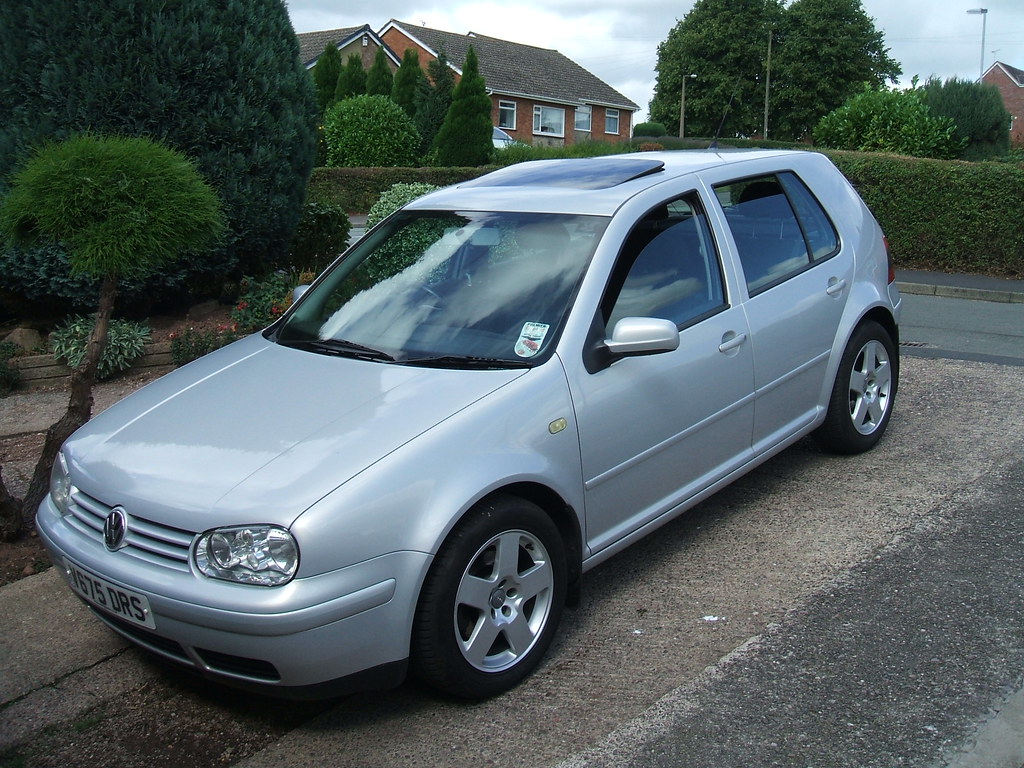
8. **Accurately Measuring Your Current Wheel Offset**
Before you start eyeing new rims, knowing your current wheel offset is paramount. This isn’t just a number; it’s a critical measurement that forms the basis for proper fitment and performance, providing a benchmark for any changes you plan to make. Guessing here can lead to costly mistakes and an unsatisfying outcome, so let’s get it right with precision and care.
You won’t need a specialist shop for this; you can accurately measure your wheel offset right at home with some common tools. Grab a measuring tape or caliper, a straight edge (a ruler or flat board works perfectly), and a notepad to jot down your findings. Always ensure your vehicle is parked on a level surface and that your wheels are pointed straight ahead for the most accurate readings.
Start by identifying your wheel’s centerline. Measure the total width of the wheel from one bead seat to the opposite bead seat, then divide that number by two. This gives you the precise center point. Next, measure the ‘backspacing’: place your straight edge across the back of the wheel and measure from that edge down to the mounting surface where the wheel bolts to the hub. Record this value diligently.
Once you have your backspacing and total wheel width (measured from outer bead to outer bead), calculating the offset is simple. Use this formula: Offset = Backspacing – (Wheel Width / 2). The result will be in millimeters. A positive value means the mounting surface is towards the front (street side) of the wheel, while a negative value means it’s towards the rear (inner side).
Finally, always take the time to verify your measurements. Consistency is your best friend here, so taking multiple measurements and averaging them can help prevent any small errors that could compromise your vehicle’s performance or fitment. This meticulous approach to determining your existing offset is truly the foundation for a successful and trouble-free wheel selection process, giving you confidence in your upgrade.
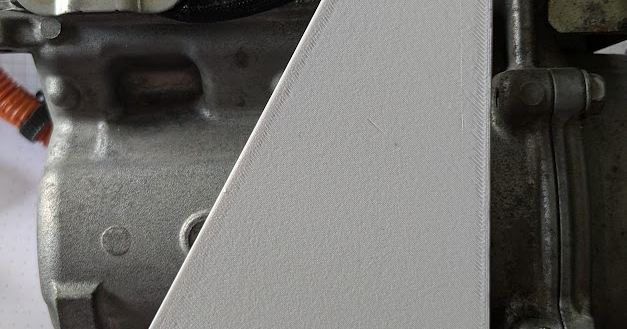
9. **Factoring in Bolt Pattern & Center Bore**
Beyond offset and diameter, two other crucial specifications often get overlooked, but they are non-negotiable for proper fitment: your car’s bolt pattern and center bore. These details ensure that your new wheels physically bolt onto your vehicle correctly and sit securely, preventing vibrations and potential safety hazards. Ignoring them is simply not an option.
Your vehicle’s “bolt pattern” refers to the number of lug holes and the diameter of the circle they form, typically expressed as “5×114.3” or “5×120.” The first number indicates how many bolts your wheel needs, and the second is the diameter of the bolt circle in millimeters. This pattern must be an exact match for your car’s hub; there’s no wiggle room here. A mismatch means the wheel simply won’t bolt on.
The “center bore” is the hole in the very center of the wheel that fits over the hub of your car. Ideally, the wheel’s center bore should match your vehicle’s hub diameter exactly for a ‘hub-centric’ fit. This ensures the wheel is perfectly centered by the hub, which is crucial for reducing stress on the lug bolts and preventing unwanted vibrations.
If the new wheel’s center bore is larger than your car’s hub, don’t fret – there’s a straightforward solution. You’ll need “hub-centric rings.” These precisely machined rings fill the gap between the larger wheel bore and your smaller hub, ensuring a snug fit. Without them, the wheel would be ‘lug-centric,’ relying solely on the lug bolts to center it, which can lead to annoying vibrations at speed and uneven stress on components.
Both bolt pattern and center bore are fundamental to the safety and performance of your new wheel setup. Double-check these specifications with absolute certainty. They are the final puzzle pieces that guarantee a secure, vibration-free, and ultimately, a much more enjoyable driving experience with your upgraded wheels.

10. **Balancing Aesthetics with Functionality**
Let’s be honest, a big part of upgrading your wheels is for the stunning visual impact. That “flush stance” with wheels pushed right to the fender edge, or an aggressive “deep-dish” look, can truly make your car stand out from the crowd. However, it’s vital to remember that a wheel’s job isn’t just to look good; it has a crucial role in your vehicle’s safety and performance.
Pushing the limits with a very low or very negative offset, while visually striking, can introduce several functional drawbacks. These extreme changes can significantly “alter steering geometry and handling,” making your car feel less predictable and potentially harder to control, especially at speed or during spirited driving. You might find the steering becomes heavier or that the car tends to ‘tramline’ more over road imperfections.
Beyond handling, an aggressive offset can put “extra stress on suspension parts” like wheel bearings and ball joints, leading to accelerated wear and potentially expensive repairs down the line. Furthermore, wheels that stick out excessively beyond your fenders without proper flares could even “potentially violate local laws” in some regions, leading to fines or inspection issues. It’s not just about what looks cool; it’s about what’s legal and safe.
For most daily drivers, the key is to find a harmonious balance. A “slight offset change often gives you a sporty look” and a more purposeful stance without risking your daily driving comfort or the longevity of your suspension components. Small, well-planned adjustments can yield significant aesthetic improvements without venturing into the territory of compromise.
Ultimately, while the desire for a head-turning look is completely understandable, prioritize how your car drives and handles. The most effective wheel upgrades thoughtfully integrate both form and function, delivering an enhanced aesthetic that complements, rather than detracts from, the overall driving experience. Choose wisely to enjoy both the view and the drive.
Read more about: Beyond the Beaten Path: Unearthing 13 Forgotten Utility Vehicles That Are Off-Road Adventure Gems
11. **Common Mistakes to Avoid**
Even with all the right information, it’s easy to stumble into common pitfalls when choosing new wheels. Avoiding these mistakes can save you significant time, money, and frustration, ensuring your upgrade is a smooth success rather than a headache. Learning from others’ missteps is one of the smartest things you can do in automotive customization.
One frequent error is “ignoring suspension upgrades.” When you go for wider wheels or lower offsets, you’re changing how your wheel and tire assembly sits within the fender. These modifications often place new demands on your suspension geometry, meaning that factory shocks, springs, or even coilovers might not be adequate. You could find yourself needing new components to maintain proper ride quality and prevent rubbing, a hidden cost many people don’t budget for.
Another critical mistake is “overlooking brake clearance.” Modern vehicles, especially performance models, often feature large brake calipers that require specific rim designs to accommodate them. You could select a stunning wheel only to find it won’t clear your brake calipers, rendering it useless. Always verify that your chosen wheel has enough internal space to comfortably house your braking system, perhaps by checking manufacturer templates or, ideally, with a test fit.
Then there’s “forgetting tire availability.” Opting for very wide or unusually tall wheels can drastically limit your tire options, forcing you into expensive or niche sizes. This oversight can inflate your overall costs significantly and make future tire replacements a challenge. Always research tire availability and pricing for your desired wheel dimensions before making a final purchase, ensuring you can easily get the rubber you need.
Finally, many enthusiasts make the mistake of “adding unnecessary weight.” While bigger, flashier wheels look great, if they’re significantly heavier than your stock wheels, they can negatively impact performance. Heavy wheels increase ‘unsprung weight,’ which can reduce acceleration, compromise braking efficiency, and even decrease fuel economy. If performance is a key goal, “consider lighter alloys” which offer strength without the added bulk, ensuring your car remains sprightly and efficient.
By keeping these common mistakes in mind, you can proactively plan your wheel upgrade, anticipate potential challenges, and navigate the selection process with confidence. It’s all about being prepared and making smart choices from the outset.
Read more about: Understanding Car Modifications: A Consumer’s Guide to Insurance, Resale Value, and Hidden Costs

12. **Knowing When to Consult Experts**
While this guide arms you with extensive knowledge, the world of wheel and tire fitment can still present complex scenarios unique to your specific vehicle or desired setup. There’s absolutely no shame in reaching out to a professional; in fact, it’s often the smartest move you can make to guarantee a flawless outcome. A specialist can be your ultimate peace of mind.
If, after all your research and calculations, you still find yourself feeling unsure or overwhelmed, that’s your cue to talk to a wheel and tire specialist. These experts have seen it all and possess invaluable practical experience that goes beyond theoretical measurements. They can often spot potential issues that even the most meticulous online calculator might miss, drawing on years of real-world installations and problem-solving.
A good specialist will take the time to “look at your stock specs and new rim choices,” cross-referencing everything with their extensive databases and hands-on knowledge of vehicle platforms. They act as a knowledgeable sounding board, helping you confirm if your chosen diameter, width, and offset are indeed compatible with your car’s design, preventing expensive mistakes before they happen.
Crucially, they can “check if you’ll have clearance for suspension and brake calipers” with absolute certainty. They understand the intricacies of different suspension designs and brake systems, ensuring that your dream wheels won’t interfere with vital components. This expert verification is priceless, saving you the headache of receiving wheels that simply won’t fit or require unforeseen modifications.
Perhaps most importantly, a specialist can “provide honest feedback on whether a certain size or offset will work without major modifications.” They can tell you if your ambitious plan requires rolling fenders, suspension adjustments, or even more significant alterations. This transparency helps you manage expectations and budget accurately, making an informed decision about the scope of your project and ensuring you’re happy with the final result.
Read more about: Wheels of Misfortune: 14 SUVs Buyers Wish They Had Walked Away From Before the Test Drive
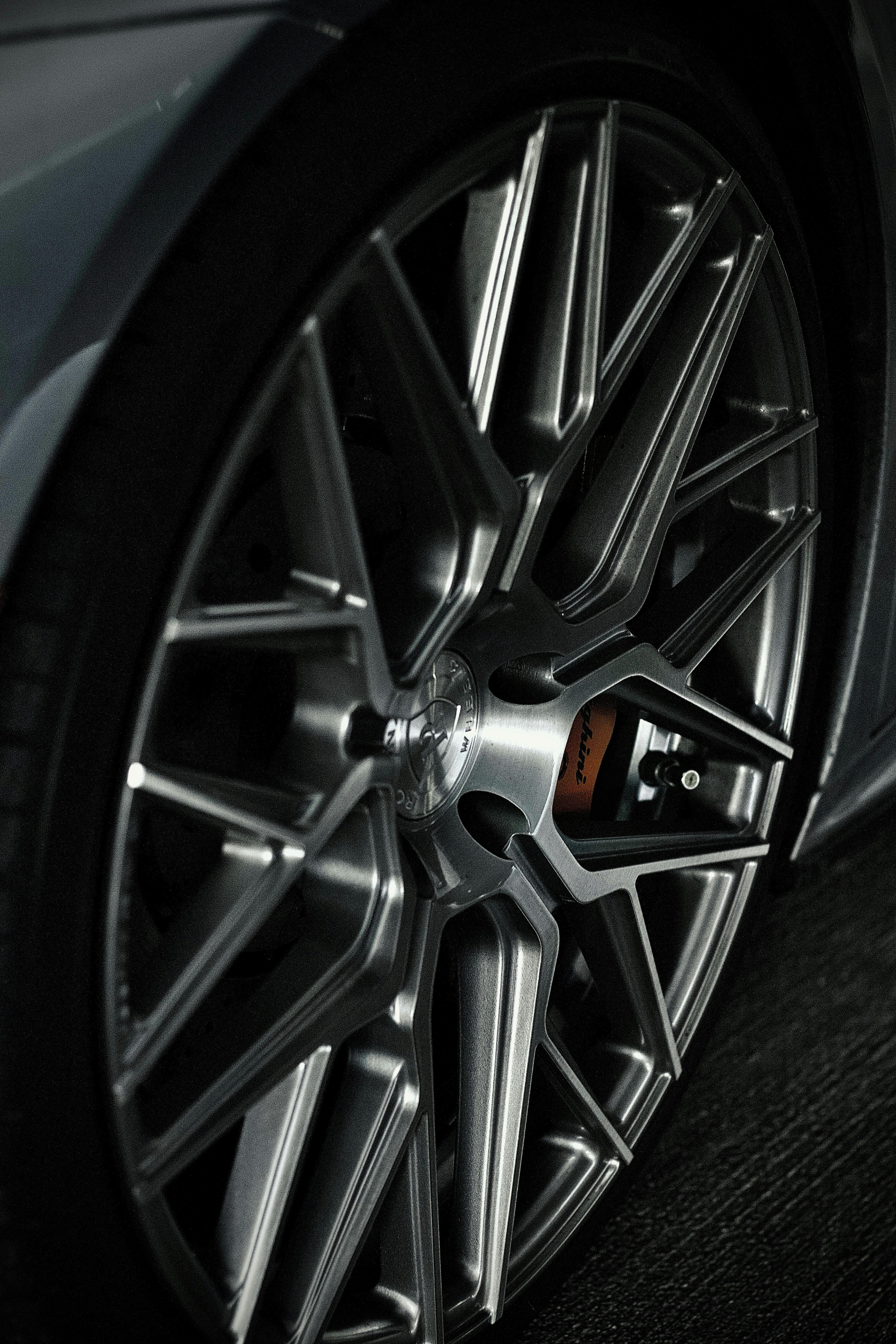
13. **Exploring Popular Rim Options**
Once you’ve mastered the technicalities, it’s time for the fun part: diving into the vast world of rim styles and brands! The market offers an incredible array of options, each with its own aesthetic and performance philosophy. Let’s explore a few popular choices that cater to different tastes and budgets, helping you visualize the perfect look for your ride.
For those who crave “attention-grabbing looks and top-tier quality,” “forgiato rims are a superb choice.” Forgiato has built a reputation for custom-forged wheels that boast incredibly detailed designs and premium finishes, making them a staple in the luxury and performance car scene. Their unique construction often results in lighter, stronger rims, which are ideal for high-end vehicles like luxury cars, sports coupes, and even sophisticated SUVs, where performance and aesthetics go hand-in-hand.
When considering Forgiato, remember that these wheels usually come with “specific offset and width options” designed to achieve that perfect “stance.” This means using an “online offset calculator or chatting with a wheel expert is essential” to ensure flawless fitment and to “avoid rubbing or clearance issues,” especially given their premium nature. They are an investment, and careful planning ensures that investment shines.
If you’re a driver “seeking modern style without breaking the bank,” then “AC Wheels provide an attractive blend of affordability and craftsmanship.” Many AC Wheels designs focus on clean lines, bold spoke patterns, and a versatile range of finishes, offering plenty of ways to personalize your ride without draining your wallet. They are an accessible entry point into custom wheel aesthetics, providing a noticeable upgrade to your vehicle’s appearance.
When picking AC Wheels, just like any other brand, “pay close attention to the offset and diameter to ensure they pair well with your car’s suspension and tire size.” Sticking “within your manufacturer’s recommended guidelines” will help you achieve a comfortable, daily-drivable stance that looks great and performs reliably. It’s about smart style that fits your everyday needs.
Finally, for those who appreciate a “classic, muscle-car vibe,” you truly “can’t go wrong with Iroc rims.” These wheels deliver a timeless aesthetic, drawing inspiration from the iconic Camaro IROC-Z, and pair beautifully with both modern and retro vehicles. They evoke a sense of automotive history and aggressive street presence that many drivers adore.
While some Iroc rims are cast, you can also find higher-end or custom versions that offer better strength and reduced weight for enhanced performance. Whichever style you pick, always “make sure to confirm the right bolt pattern, offset, and width”—especially if you’re upgrading to a wider or larger-diameter set. This careful attention to detail ensures you’ll capture that legendary IROC look without compromising on handling or tire clearance, marrying heritage with modern fitment standards.
### Final Thoughts
Picking the right rim size and offset is far more than a simple aesthetic choice; it’s a strategic decision that profoundly influences your vehicle’s handling, safety, clearance, and overall driving enjoyment. By meticulously doing your homework on diameter, width, and offset—and paying close attention to crucial details like bolt pattern and center bore—you equip yourself to make choices that deliver the perfect balance of style, comfort, and performance for your specific vehicle and driving needs.
Read more about: Drove it Regretted it: 12 Compact Models That Made Owners Question Their Judgment on the First Commute.
Still wondering, “How to choose rims for my car?” Take it step by step, applying the actionable advice we’ve covered: always know your stock specifications, be realistic about how big or wide you want to go, leverage online tools to predict and avoid clearance issues, and don’t hesitate to consult experts or test-fit whenever possible. Whether your heart is set on the high-end flair of Forgiato rims, the accessible style of AC Wheels, or the classic muscle look of Iroc rims, the right planning guarantees you’ll be cruising confidently, enjoying every mile, and turning heads wherever you go. Your perfect ride awaits!

